Everyone wants bigger and stronger glutes, and most people love to train variations of the bench press. Sometimes you don’t have time to train both. Other times you just want a novel way to develop them. That’s where the bridge…
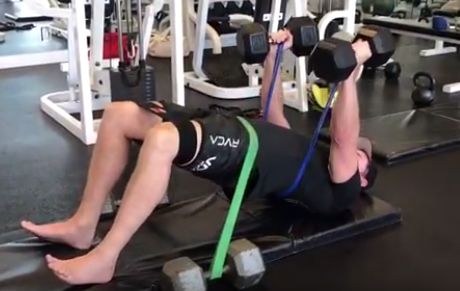

Everyone wants bigger and stronger glutes, and most people love to train variations of the bench press. Sometimes you don’t have time to train both. Other times you just want a novel way to develop them. That’s where the bridge…

As you program a strength and conditioning plan to prepare an athlete for competition or sport, it’s imperative to know the three types of strength preparation. In this blog, I’ll give a brief overview of each, as well as some…
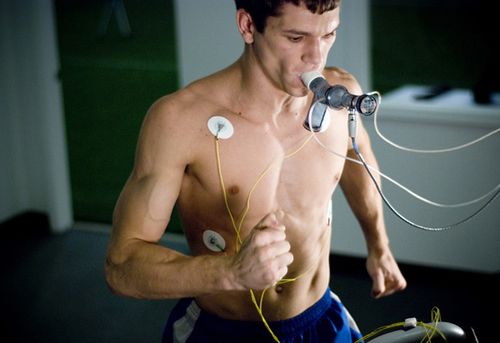
In the 1990s, two landmark research papers were released that drastically shifted how athletes and fitness enthusiasts train for endurance. In 1994, Prof. Angelo Tremblay’s research demonstrated that endurance exercise performed with alternating bouts of high- and low-intensity resulted in…
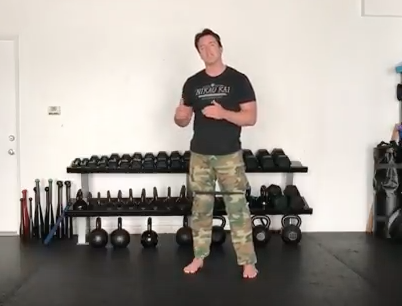
Everyone wants better glutes, whether you’re a guy or gal, athlete or non-athlete. That’s because glutes that are awesomely developed not only make your body look better, but they can also drastically improve your performance. When the glutes are strengthened and…
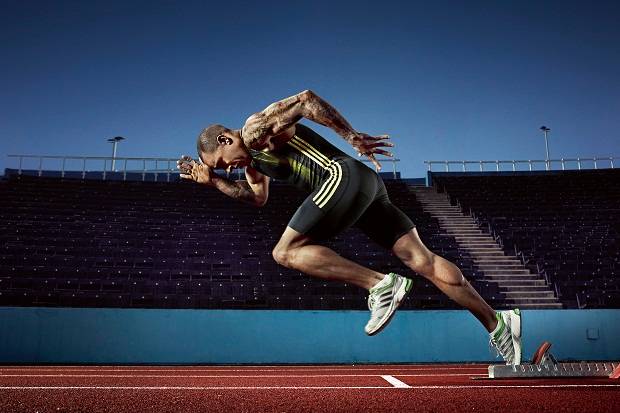
It is difficult to overstate the importance of the glutes for achieving athletic prowess. When they are strong, you can run faster, jump higher and help protect your lumbar spine from injury. Of course, a well-developed set of glutes also…

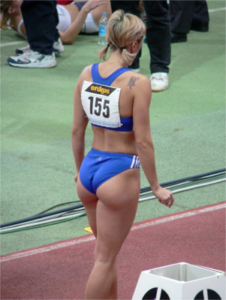 It doesn’t matter if you’re a man or a woman, everyone wants impressive glute development. But many people don’t know how to intelligently train the glutes to achieve the best look and performance. So I’m here to tell you how to do it as quickly as possible.
It doesn’t matter if you’re a man or a woman, everyone wants impressive glute development. But many people don’t know how to intelligently train the glutes to achieve the best look and performance. So I’m here to tell you how to do it as quickly as possible.
First, let’s cover the primary functions of your largest glute muscle: the gluteus maximus. At the hip it provides the torque for extension, abduction and external rotation. However, most lifters put too much emphasis on the hip extension action during their workouts and this can lead to poor glute development and performance.
Let me explain.

 If you’re a trainer, coach or physical therapist it’s essential to use effective coaching cues. For years we’ve been telling clients to “squeeze this” or “brace that” or a host of other verbal instructions that often weren’t as beneficial as we’d like.
If you’re a trainer, coach or physical therapist it’s essential to use effective coaching cues. For years we’ve been telling clients to “squeeze this” or “brace that” or a host of other verbal instructions that often weren’t as beneficial as we’d like.
You might know what it feels like to squeeze your glutes during a squat or lunge, but most people don’t – even professional athletes. The problem is that most clients never learn how to correctly activate certain muscles. The key word here is “learn.”
Over the past few decades, Gabriele Wulf, Ph.D., has been a pioneer in the research for determining how people learn complex motor skills. She and her team have studied the effects of different verbal cues for jump height, balance, posture and even golf. I’ll save you the work of thumbing through all her studies on PubMed and get to the bottom line: External cues work better than internal cues.
So what does that mean to coaches, trainers and therapists? It means you could get better results by using different words while coaching exercises that are typically problematic.
The deadlift, for example, is an exercise that requires a good, solid hip hinge. Therefore, we often tell clients to “hinge at the hip” during the descending phase. Or we tell them to “push your hips back as you go down.”
However, those are internal cues because you’re telling them to focus on a body part.
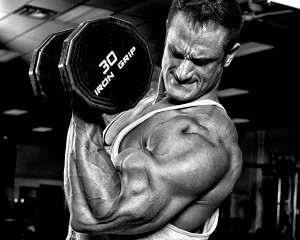
 Muscle growth requires tension. If you haven’t been gaining muscle, one likely culprit is a lack of high-threshold motor unit recruitment during your sets.
Muscle growth requires tension. If you haven’t been gaining muscle, one likely culprit is a lack of high-threshold motor unit recruitment during your sets.
When the tension of your muscle contractions is too low, you’re not stimulating the muscle fibers that have the most growth potential.
This holds true for any muscle group.
However, the calves come to mind here since they’re one of the most notoriously stubborn muscle groups – if you chose the wrong parents. In Arnold Schwarzenegger’s Encyclopedia of Bodybuilding he mentioned that one of the ways he got his proportionally puny calves to grow was with super-heavy sets of incline leg press calf raises.
In essence, he forced his calves to produce more tension and they grew because of it. But you’ll quickly run into a wall of fatigue and joint strain if you only add weight to your exercises.
There’s a simpler, safer and more effective way to get more tension and growth out of your sets: the squeeze.
This week I decided to answer two questions I recently received from a reader. -CW
Chad, my dermatologist recommended that I stop using whey protein. However, I know you recommend it for pre- and post-workout nutrition. What should I do?
CW: First off, acne is primarily caused by excessive inflammation in the body. So anything that reduces inflammation can help clear up your skin. You can put every acne cream ever invented on your face and it still won’t work nearly as well as cleaning up your diet by adding anti-inflammatory foods such as fresh fruits and vegetables and wild fish.
So the question is: does whey protein increase inflammation? I believe that 99% of them do because the natural immune-boosting nutrients in whey have been destroyed through heating and acidification processes used in most whey protein powders. However, what if whey protein is manufactured the right way, thereby keeping the immune-boosters in tact? From what I’ve experienced with clients, a clean whey protein such as this one will probably decrease inflammation in most people.

Learn the latest science between exercise and natural boosts in testosterone.